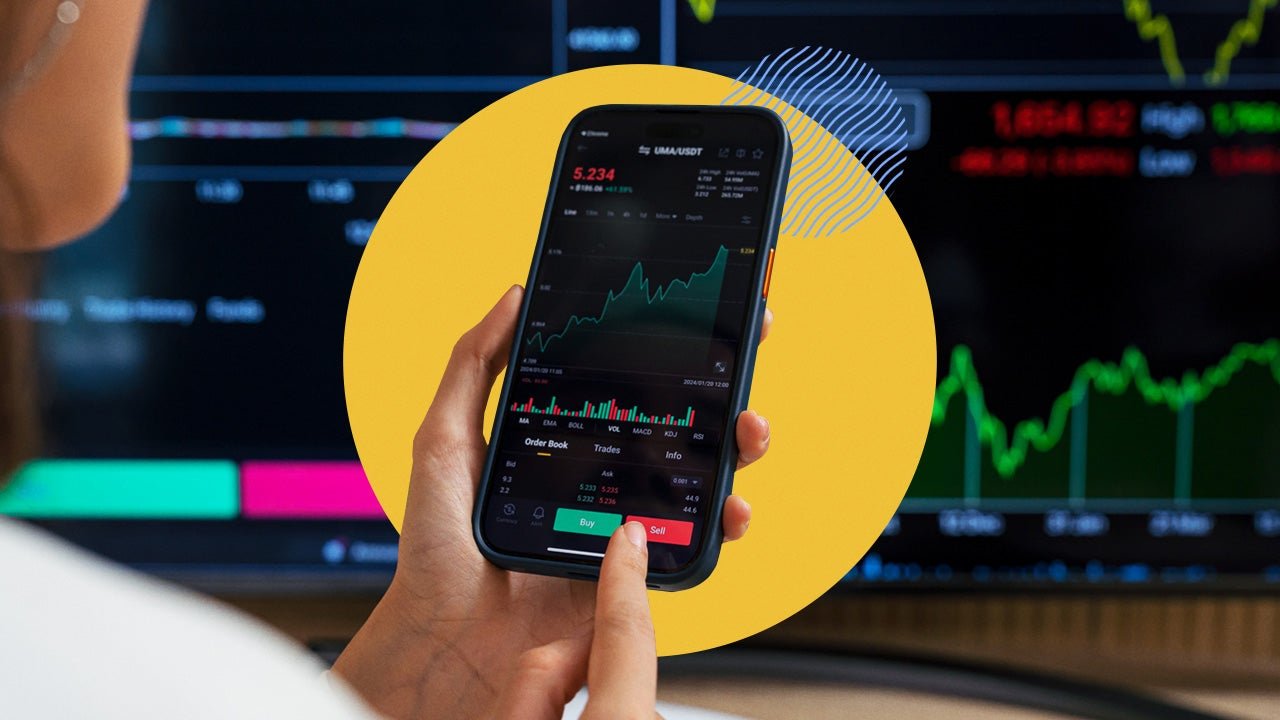Investing is often seen as a game for the wealthy, but that’s a myth. You don’t need thousands of dollars to start building wealth. In fact, with the right strategy and mindset, even a small amount of money can set you on the path to financial success.
If you’ve been wondering how to start investing with little money, this guide will walk you through simple, practical steps to begin your investment journey with confidence. Whether you’re saving for retirement, a dream home, or just looking to grow your wealth over time, there’s an investment strategy tailored for you.
1. Can You Start Investing with Just $10 or $50?
Absolutely! Many investment platforms now allow users to start with as little as $10 or $50. Thanks to technology, you can invest in fractional shares, exchange-traded funds (ETFs), and even cryptocurrency without a big upfront commitment.
Popular apps like Robinhood, Acorns, and M1 Finance let you buy small portions of stocks or ETFs, making it possible to start investing even with pocket change.
2. Where Should You Invest First?
A. High-Interest Savings Accounts & CDs
- Before diving into stocks or real estate, consider parking some money in a high-yield savings account or a certificate of deposit (CD).
- These options offer a low-risk way to grow your money while keeping it accessible.
B. Employer-Sponsored 401(k) Plans
- If your employer offers a 401(k) plan with a matching contribution, take advantage of it.
- Even if you contribute just 1% of your salary, your employer may match it, doubling your investment instantly.
C. Exchange-Traded Funds (ETFs) & Index Funds
- ETFs and index funds are perfect for beginners because they spread risk across multiple stocks.
- They track the market’s performance, offering long-term, stable returns.
D. Fractional Shares
- Want to invest in companies like Amazon or Tesla but don’t have hundreds of dollars?
- Platforms like Public and Stash allow you to buy fractions of shares, meaning you can own a piece of a high-value stock for as little as $5.
3. How Much Should You Invest as a Beginner?
A simple rule: Invest what you can afford to lose.
Here’s a quick guide:
- $10-$50/month – Invest in ETFs, index funds, or fractional shares.
- $100-$500/month – Consider adding individual stocks or crypto.
- $500+ – Explore real estate crowdfunding or REITs (Real Estate Investment Trusts).
The power of compound interest means that even small amounts can grow significantly over time.
For example:
- Investing $50/month at an 8% annual return can grow to $35,000+ in 20 years.
4. Best Investment Strategies for Small Budgets
A. The “Round-Up” Investing Strategy
Apps like Acorns automatically round up your daily purchases to the nearest dollar and invest the spare change. It’s a hands-off way to start investing.
B. The “Set-and-Forget” Strategy
- Set up automatic investments into an ETF or index fund every month.
- Over time, this method builds wealth without requiring constant market monitoring.
C. Dividend Reinvestment Plans (DRIPs)
- Some companies let you reinvest dividends to buy more shares automatically.
- This compounds your earnings, increasing your investment’s value over time.
D. Robo-Advisors
- If you don’t know where to invest, let robo-advisors like Betterment or Wealthfront do the work for you.
- They build a diversified portfolio based on your risk tolerance and goals.
5. Common Mistakes to Avoid
🔴 Investing Without Research – Don’t just follow trends. Learn about the company, stock, or fund before investing.
🔴 Chasing Quick Money – Day trading and crypto hype can be risky. Focus on long-term investments.
🔴 Not Diversifying – Don’t put all your money into one stock or asset class. Spread out your investments.
🔴 Ignoring Fees – High trading fees can eat into your profits. Look for low-cost investment platforms.
6. Frequently Asked Questions (FAQs)
Q1: How much money do I need to start investing?
You can start with as little as $10 or $50, thanks to fractional shares, ETFs, and robo-advisors.
Q2: Is investing risky?
All investments carry risk, but index funds and ETFs offer lower risk compared to individual stocks.
Q3: What’s the best investment for beginners?
A low-cost index fund like Vanguard’s S&P 500 ETF (VOO) is a great starting point.
Q4: How do I invest if I have debt?
Prioritize paying off high-interest debt first. However, if your employer offers a 401(k) match, invest in it regardless.
Q5: How do I avoid losing money?
- Diversify your investments.
- Stick to long-term strategies instead of chasing short-term gains.
Conclusion
Investing with little money is not only possible, but it’s the best way to build long-term wealth. By using smart investment platforms, setting realistic goals, and automating contributions, you can start today—even if you have just a few dollars to spare.
Remember, investing is a marathon, not a sprint. Start small, stay consistent, and let compounding work its magic.



